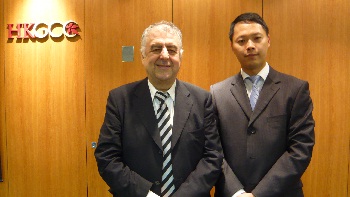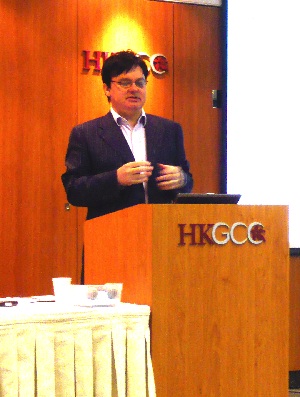Speaker: Dr Kin H Chan [B. Eng (Hons), DIS, MSc, MBA, DBA, MIAP]
In a knowledge based economy, a great deal of emphasis is placed on intellectual capital (IC) as the intangible value driver for an organisation. IC is even said to be pivotal in the prosperity of a national economy. Using the so-called IC framework or perspective, investors and managers may be in a better position to see how well a company is doing in creating values and, therefore, generating wealth for all the stakeholders. What does the current financial turmoil tell us about the value created by the companies and their stock prices?
Measuring the intangibles may be likened to ‘measuring the unmeasurable’. However, there has been much advancement in both quantitative and qualitative techniques for IC measurement. Value Added Intellectual Coefficient (VAIC) is a financially based methodology pioneered by Ante Pulic’s (2000), which has been applied in the stock markets of many European countries as well as in Asia including Taiwan, Singapore, Japan, and India.
What does VAIC say about the IC usage of companies in the Hang Seng Index? Whatare the value drivers of the Hang Seng index? These are the questions that the presentation will seek to address.
Pulic, A. (2000) VAIC — An accounting tool for IC management, International Journal of Technology Management, 20, 5-8, pp. 702-714.
Kin Chan is currently the Corporate VP and Managing Director, Greater China, of DTS Inc, a US entertainment technology company which specialises in Surround Sound for the movie, music and games industries. DTS licenses its IPs to major costumer electronics companies worldwide. Kin developed his interests in IC during his doctoral studies.

